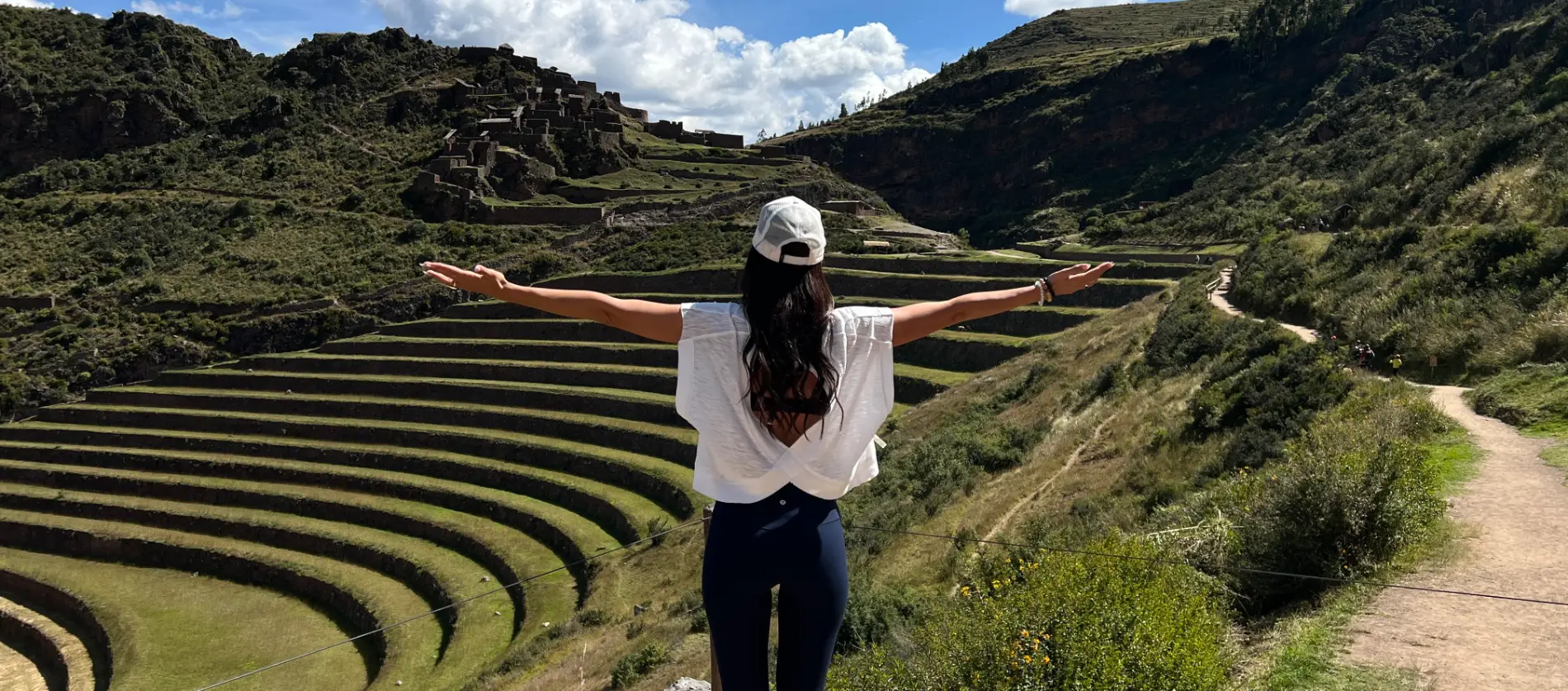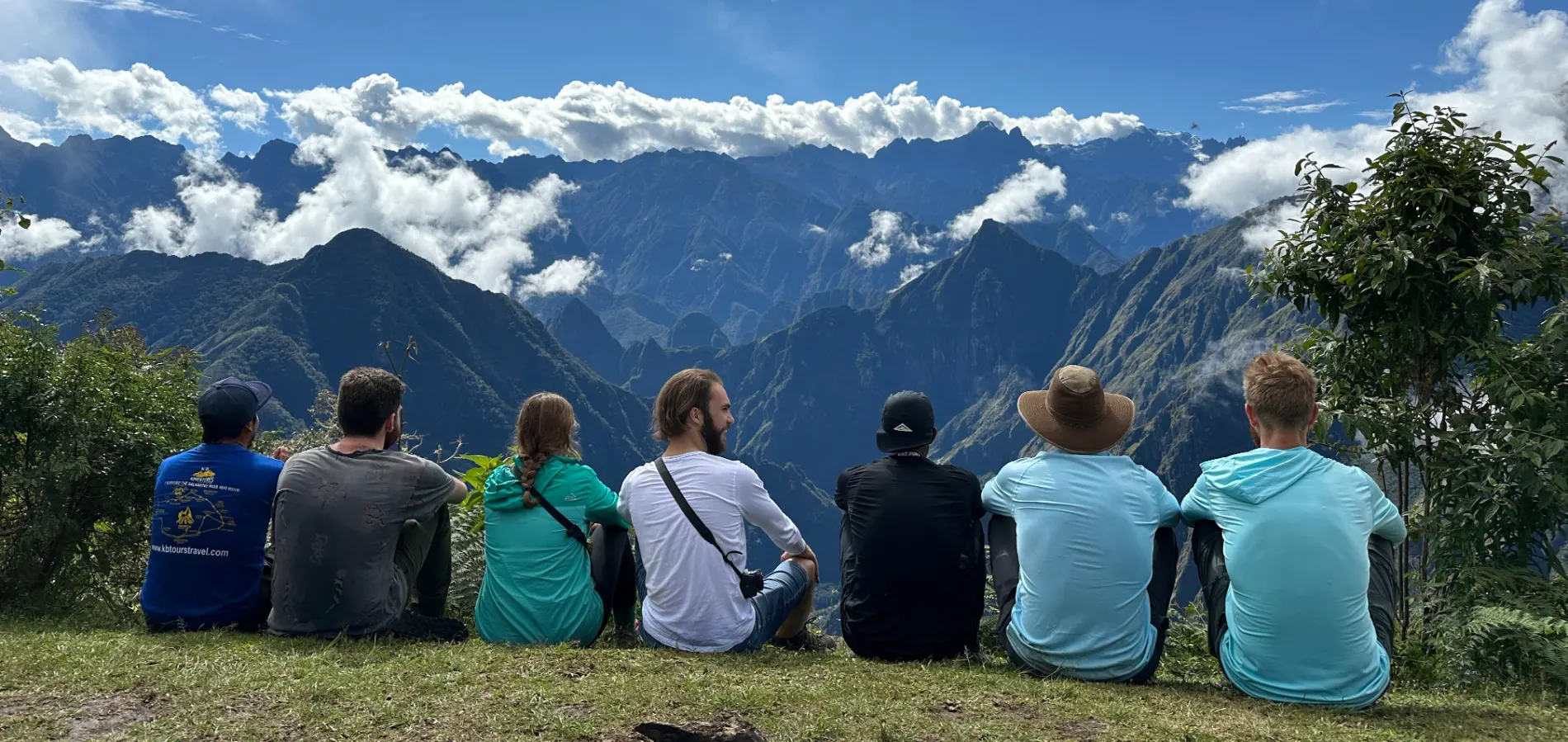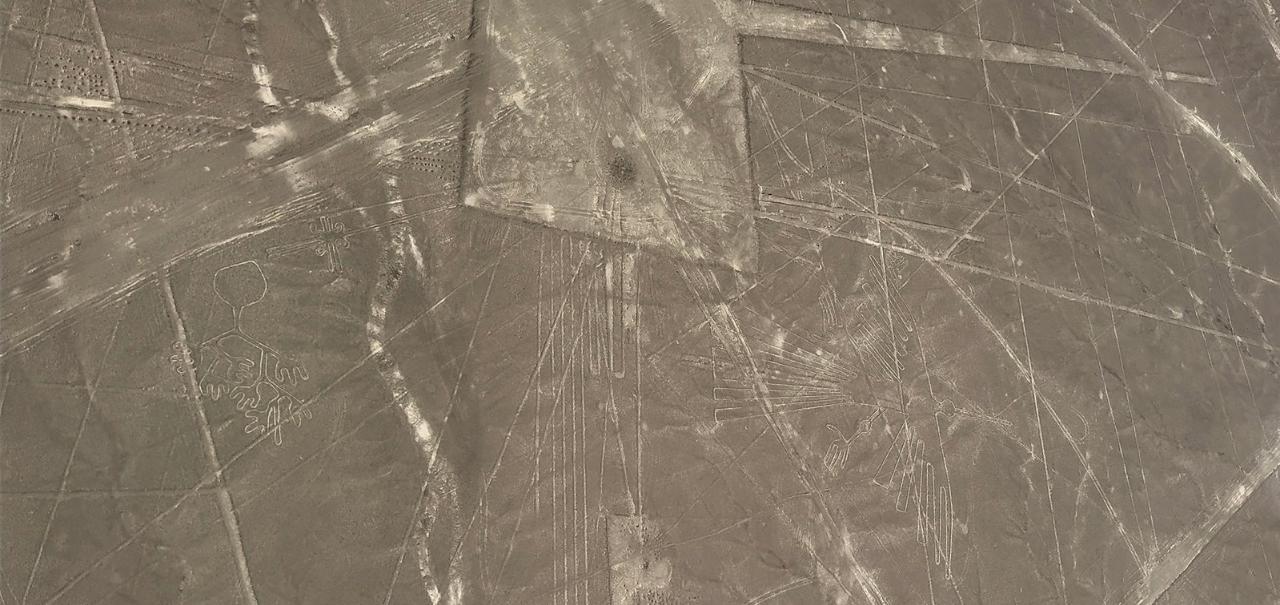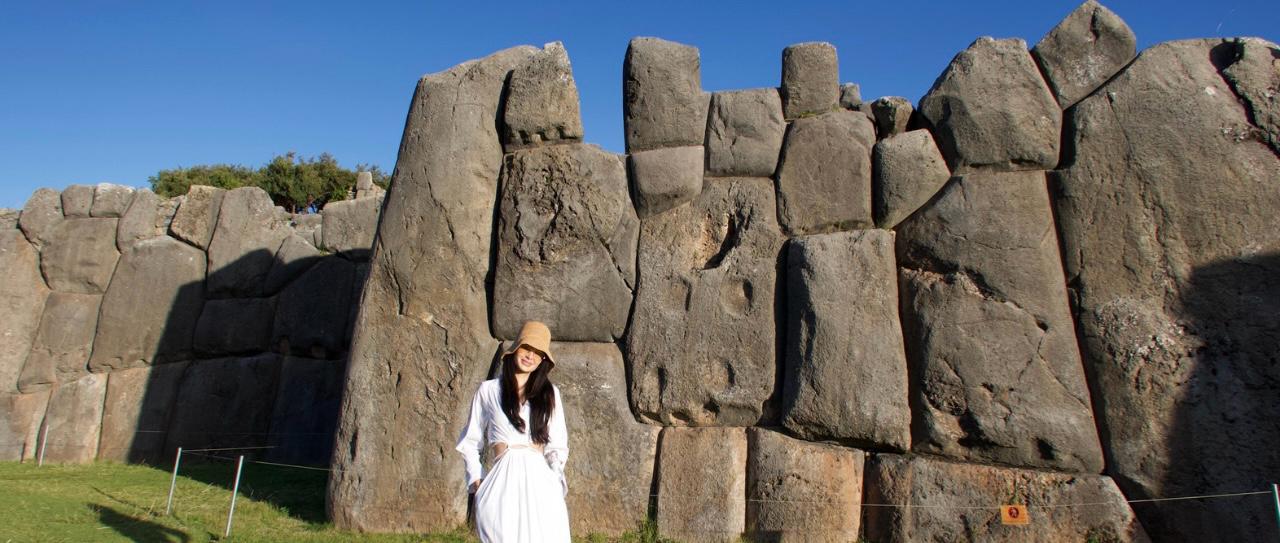Andean pottery is more than decoration. It is a living expression of culture, history, and identity shaped in clay. For thousands of years, communities across the Andes have used pottery for food, ritual, and storytelling. Each vessel reflects a bond with the natural world, decorated with symbols that reveal a worldview rooted in earth and spirit.
The Ancient Origins of Andean Pottery
Andean pottery has deep roots. Long before the Inca, cultures such as the Nazca, Moche, and Chavín developed advanced ceramic traditions. For example, they created stirrup-spout vessels, geometric designs, and expressive figures of animals and people. These pieces were both functional and symbolic, used in daily life and sacred ceremonies.
When the Inca rose to power, pottery became central to the empire. Large jars called aryballos stored food and chicha, the fermented corn drink offered at festivals. Smaller vessels carried offerings to the gods. Every piece of Andean pottery reflected respect for the land and the cycles of life.
Symbols and Stories in Andean Pottery
Designs on Andean ceramics were never random. They told stories of people, animals, and the sacred landscape. For example, condors, pumas, and serpents often appeared as symbols of spiritual power. Triangles and spirals represented mountains, rivers, and the passage of time.
By shaping clay and painting these motifs, artisans expressed their connection to Pachamama, the Andean earth mother. Therefore, pottery was not just practical – it was a dialogue between humans and nature.
Present Day Pottery in the Andes
Andean pottery continues to thrive in communities throughout Cusco and the Sacred Valley. Today, artisans still gather natural clay, use mineral-based pigments, and fire their creations with traditional methods. Each piece is both art and heritage, carrying forward traditions that date back thousands of years.
Travelers can see Andean pottery in markets, artisan workshops, and homes across the Andes. For a deeper look into history, the Larco Museum in Lima holds one of the most extensive collections of pre-Columbian ceramics in the world.
Experience Andean Ceramics in the Sacred Valley
Seeing pottery is inspiring, but creating it is unforgettable. Visitors can include a hands-on pottery workshop in their Sacred Valley tour. This immersive experience allows you to shape clay, paint traditional patterns, and learn from local artisans.
At Perú Increíble Private Tours, we can add this activity to your custom itinerary. It pairs perfectly with visits to Pisac, Ollantaytambo, or Chinchero, offering a balance of history, culture, and creativity.
Final Reflection
Andean pottery bridges past and present. It carries the voice of ancient civilizations and the artistry of modern communities. Each vessel, whether displayed in a museum or shaped by your own hands, tells a story of connection to the land. Ultimately, experiencing Andean pottery in the Sacred Valley is not only cultural discovery – it is a way to touch the living heart of the Andes.




